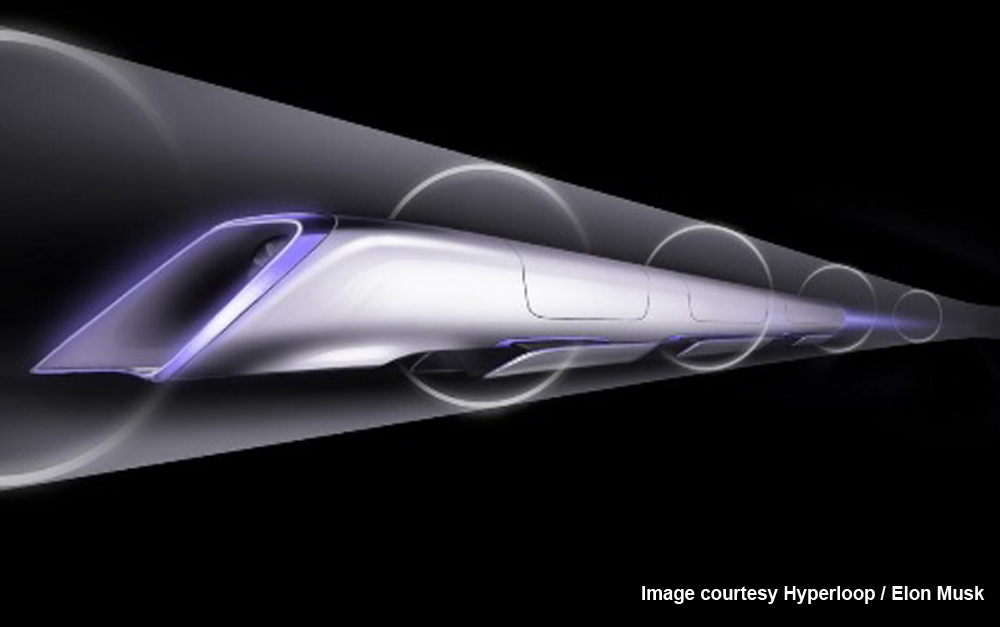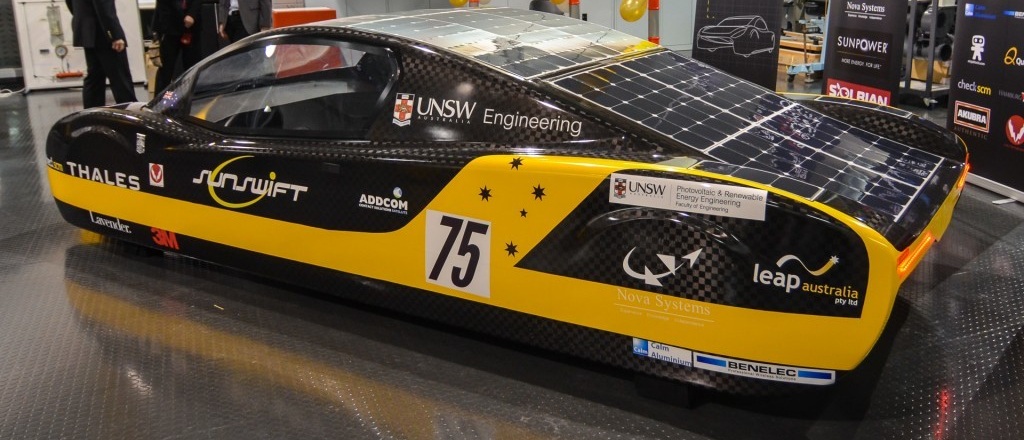In the past, posters of cars such as the KTM Crossbow and Infiniti Red Bull F1 would adorn the bedroom walls of teenagers who were passionate about motorsport, while solar cars were banished to science fairs as a mere curiosity. Enter the UNSW Sunswift Solar Car Team, who are looking to radically change this status quo by building eVe, a next-generation solar car that the team has described as both “sporty, efficient and beautiful”. Sunswift’s eVe is entered into the newly created “Cruiser” class in the 2013 World Solar Challenge, which concludes today in Adelaide. Behind the flowing aerodynamic curves and shiny carbon fibre, eVe is a complex feat of engineering, combining the best technologies across a range of engineering disciplines (including students studying electrical,...
Archives
Turbulence Part 5 - Overview of Scale-Resolving Simulations (SRS)

An increasing number of industrial CFD users are recognising the need to move away from RANS modelling and resolve a greater spectrum of turbulence (particularly in cases involving large-scale separation, strongly swirling flows, acoustics, etc.). Here we present an overview of Scale Resolving Simulation techniques and important considerations when considering applying SRS to your project.
CFD keeps Emirates Team New Zealand on course to reclaim the America's Cup

LEAP staff, in particular our team of CFD engineers, have been watching with interest as the 2013 America's Cup unfolds in San Francisco. Despite being the oldest active trophy in international sport, the America's Cup is continually evolving thanks to an often dramatic combination of ...
5 key areas where ANSYS Multiphysics will help overcome the engineering challenges of Elon Musk's Hyperloop

This week marked the public release of Elon Musk's much anticipated proposal for a new mode of high-speed transport to be built between LA and San Francisco, dubbed the Hyperloop. The concept is equally compelling for other busy air routes of between 500-1000 km, such as Sydney to Melbourne (which is the 3rd busiest air route globally, according to Wikipedia). For engineers, the Hyperloop is an exciting concept which promises to provide an alternative to high-speed rail that is both faster, cheaper and more energy efficient, but the reality is that numerous engineering challenges need to be overcome to deliver this project on-time and on-budget with an acceptable level of safety (in one of the most seismically-active regions on earth!). ANSYS Multiphysics software is uniquely placed to help the eventual collaboration...
Tips & Tricks: Estimating the First Cell Height for correct Y+

Turbulence Part 4 - Reviewing how well you have resolved the Boundary Layer

In recent posts we have comprehensively discussed inflation meshing requirements for resolving or modeling wall-bounded flow effects due to the turbulent boundary layer. We have identified the y-plus value as the critical parameter for inflation meshing requirements, since it allows us to determine whether our first cell resides within the laminar sub-layer, or the logarithmic region. We can then select the most suitable turbulence model based on this value. Whilst this theoretical knowledge is important regarding composite regions of the turbulent boundary layer and how it relates to y-plus values, it is also useful to conduct a final check during post-processing to ensure we have an adequate number of prism layers to fully capture the turbulent boundary layer profile, based on the turbulence model used (or...

